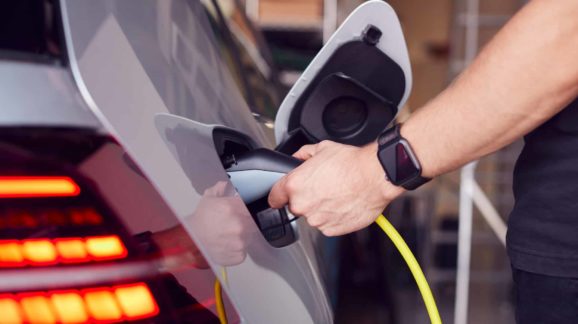Most Americans Still Buy Large Gasoline-Powered Vehicles, According to Latest EPA Data

Photo Credit: Getty
There is a deep divide between the vehicles that climate activists and their political allies prefer and those that the public actually wants and buys, as is demonstrated by the latest Environmental Protection Agency (EPA) data.
The 2020 EPA Automotive Trends Report, which includes updates through model year 2019, has been released. Among other things, it shows a slight 0.2 miles per gallon drop in average vehicle fuel efficiency (and thus a slight uptick in tailpipe greenhouse gas emissions) in 2019 as compared to the record levels achieved in 2018. The report reveals why. Consumers continue to show a growing preference for SUVs and pickup trucks over passenger cars. SUVs and pickups are larger and not as fuel efficient as cars. The latter, which held fully 80 of the market in 1975 and 50 percent as recently as 2013, garnered only 33 percent of the 2019 market. In contrast, SUVs and pickups have risen to 65 percent. It should be noted that today’s SUVs and pickups are actually more efficient than their counterparts in the past, but their growing proportion of new vehicle sales relative to cars is largely responsible for the slight year-on-year decline in overall efficiency.
The data also show that electric vehicles (EVs) are only slowly gaining in market share. For 2019, all-electric vehicles plus plug-in hybrids comprised only 4 percent of vehicle sales. It should be noted that the above-mentioned preference for SUVs and pickups is a part of the reason for low EV sales, as electrification is much more of a challenge with these larger vehicles than for smaller passenger cars.
In contrast to electrification, the report shows that technological advances that improve efficiency and reduce emissions from internal combustion engines, such as turbochargers and gasoline direct injection, are being quickly adopted.
It is also interesting to note that even as vehicles become more efficient, consumers don’t necessarily want all of it in the form of improved fuel economy. Better efficiency also means that the same size engine can be made more powerful, and the EPA’s data shows continued increases in horsepower.
What stands out about this report is the coming clash between the vehicle-buying public’s preference for larger and more powerful gasoline vehicles and the incoming Biden administration agenda’s ambitious transition away from gasoline and toward so-called zero emission vehicles. It appears that the administration’s goals can only be met through very intrusive market interventions to force Americans away from the vehicles of their choice.